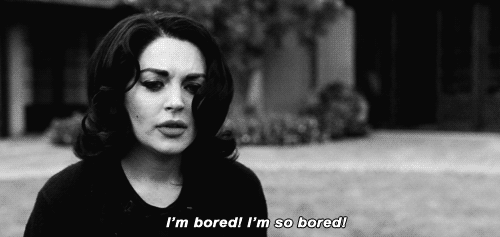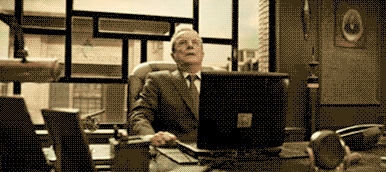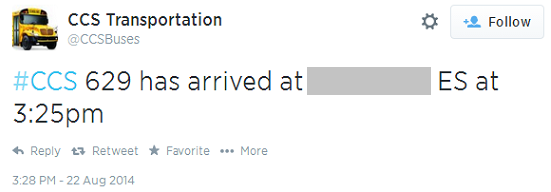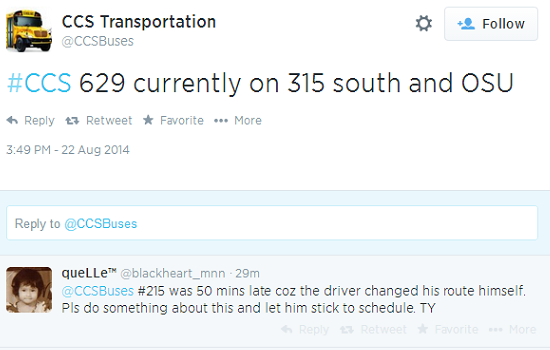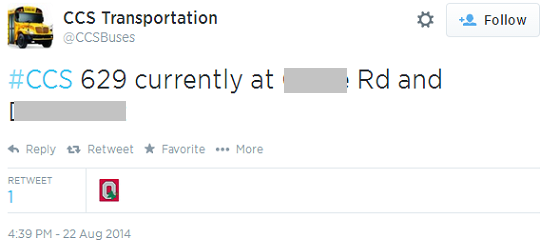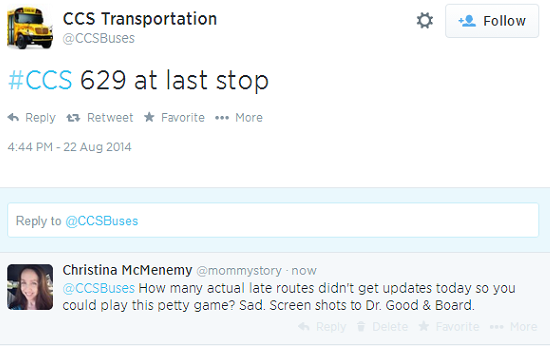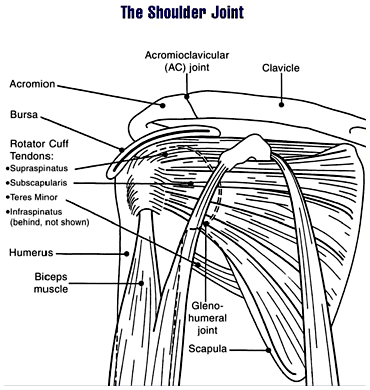Here in Ohio and several other states, it’s currently PARCC testing season. PARCC is short for Partnership for Assessment of Readiness for College and Careers, a standardized test created by Pearson (a textbook and testing company) that is being used by several states for assessment of learning standards for third grade thru twelfth, and it’s primary purpose is that it’s a significant factor for teacher and school district evaluations.
There’s only one problem: the test is an absolute hot mess.
I had started looking into this test last spring, after a district administrator gave a presentation on what was coming with this new test. Once I had a complete picture of it late last year, including taking the sample practice tests for myself on PARCC’s website, I couldn’t in good conscience let Cordy take this ridiculous test.
To begin, the test is far too long to be considered developmentally appropriate for younger children. Schools have a three week testing window to complete all testing. This was the initial testing schedule that was sent out just for Cordy’s class:
ELA Practice Test: February 5 12:45-2:00
Math Practice Test: February 10 10:00-11:45
Math PARCC Test 1: February 19 9:00-11:45
Math PARCC Test 2: February 20 9:00-11:45
ELA PARCC Test 1: February 23 9:00-11:45
ELA PARCC Test 2: February 25 9:00-11:45
ELA PARCC Test 3: March 2 9:00-11:45
Social Studies (4th only): March 4 9:00-11:45
Science (5th only): March 5 9:00-11:45
(ELA = English Language Arts)
If you add up all of the time, that’s over ten hours of testing, not including the practice tests. And that time also doesn’t include additional test prep done before the practice testing. Have you tried keeping a fourth grader completely on task for an hour and forty-five minutes?
And here’s the kicker – this is just round one. The kids get to go through all of this AGAIN across a three week period in late April-early May. Over twenty hours of time spent taking a test in the last third of the school year. At what point do kids have the time to squeeze in actual learning? It’s as if the school year has been cut short.
Additionally, this test has absolutely no impact on report cards or grade advancement for most kids. The third grade reading guarantee in Ohio is, as of this year, still governed by the OAA test, and the high school graduation requirements have additional methods to meet the same requirement that the PARCC test fulfills. Results of the current test being given won’t be available until November, far past the point when it could have made any impact on helping the student in any areas of deficiency.
The results that are provided will be vague at best. Many of the questions are manually graded, leaving it up to the human element to determine the score for each question. Because the test is proprietary, parents and students will never be given access to a completed test to see how each question was scored. So kids will spend 20+ hours of testing each year with no benefit to the student from the test, and no idea if there might have been an error in scoring.
Looking at this from a socioeconomic perspective, the PARCC test is designed to ensure poor, urban children have slim chances of passing. We don’t need this test to tell us which schools are “failing” because we can already predict what the results will be. These are computer-based tests. Urban school districts often lack the resources of more affluent suburban districts, unable to provide as much computer access. A student who has a computer at home and a computer lab at school likely has more experience with using a computer and mouse than a student who only uses a computer on rare occasions. Teachers are not allowed to provide help in any way on this test, including helping a student remember how to click and drag using a mouse. The technology gap will doom many kids to frustration and a failing test.
In our school, they’re testing one class at a time because there aren’t enough computers in the building for more than one class. Those computers are slow, glitchy Chromebooks, and as a result there have been multiple complaints of the test kicking kids out in the middle of the test, or just not allowing students to log on at all. (All of this just adds more time and frustration to testing for the kids.) Our school is one of the better off schools in our district, and I can’t imagine how some of the schools in poorer neighborhoods are dealing with this need. In the future, money will have to be diverted from needed services to fund the technology requirements demanded by this test.
And let’s not forget that each school district is paying per student for this test, too. It’s a costly waste of time and resources to “prove” that public schools are failing – a conclusion that Pearson already made prior to the test and so they have crafted the test to ensure the results match their hypothesis. Why? Because Pearson also owns a textbook and study guide empire. What better way to ensure that school districts spend a premium to have their textbooks and test prep guides in every classroom? If most kids did well on the test, they wouldn’t need to buy Pearson’s test prep and study guides.
Despite all of this, it was when I took the practice test for myself that I made up my mind. The questions are poorly written and designed to trip up a student – what I call “gotcha” questions. A math question that can’t be answered correctly if the student doesn’t recognize a particular above grade-level word is not properly testing the student’s math ability. A question that intentionally tries to misdirect a fourth grader to the wrong answer is not properly testing the student on math, either.
Along with this, we were informed this year that some of the test accommodations provided by Cordy’s IEP are not allowed for PARCC testing. The federal right for special needs students to have the necessary accommodations for their disability has now been limited by the strict requirements of this test.
It was an easy decision for us: we refused to allow Cordy to be given the PARCC test. Would she have done well on the test? Probably. She’s amazingly good at standardized tests, even bad ones. But was it worth putting her through the severe anxiety and long hours of testing time for no benefit to her? No way. Her school handled it very well and has made sure that she has supplemental enrichment activities to work on while testing is happening.
My only concern was the knowledge that refusing would result in her score being recorded as a zero, which would affect her teacher’s rating. However, Ohio has passed a “safe harbor” bill preventing nearly all repercussions for this year of the test, so it won’t affect her teacher. And even if it had, we had the full support of her school when we announced we were refusing the test. Many of the teachers and administrators don’t support PARCC and are happy to see parents pull their kids from the test. It’s only through a wide-spread refusal that parents can demand things be changed.
You don’t have to let your kids take the PARCC test, even if they’ve already started, and even if administrators tell you that they must. You have the right to determine what is best for your child, and you can refuse this test. Your kids have the right to refuse, too. They can be placed in front of a computer and they can sit there and refuse to do the test. (If your kids are brave enough for that.) It’s also a good time to email your state representatives and tell them you want something better than PARCC and are counting on them to step up and make it happen.
I want my kids to learn how to use their brains in school, not learning how to take a single standardized test. And I want them to learn for the entire school year, not just the first two-thirds.
I support public schooling. I’m not an anti-testing nut. My kids have probably taken more standardized tests and assessments than most, and nearly all of those were for their benefit. I believe in testing if it’s fair, appropriate, and useful for the student’s progress. I also believe we do need some way to fairly evaluate school districts and teachers, and I believe we need a strong set of educational standards for each grade level.
But PARCC isn’t the answer. It’s a public school witch hunt, with a push to give private industry more of our public education tax dollars, all wrapped up in the disguise of a test to hold teachers and schools accountable. It takes an obscene amount of time away from learning. It takes a ridiculous amount of money away from needed educational services. It attempts to vilify the very teachers we love and trust with our kids each year. And it uses our children as pawns in the game to profit on public education.
